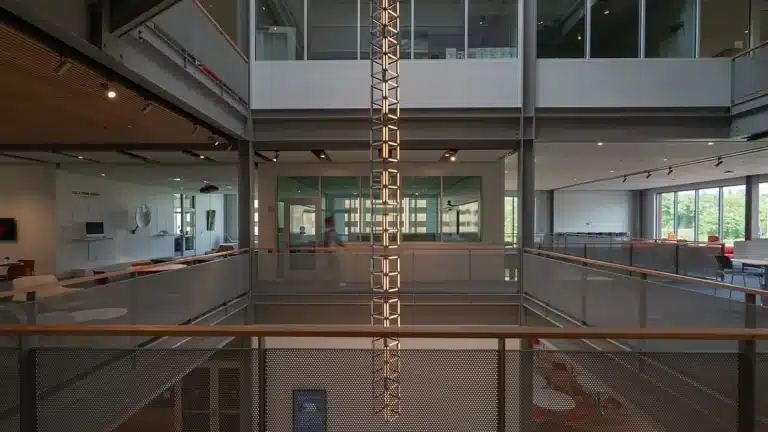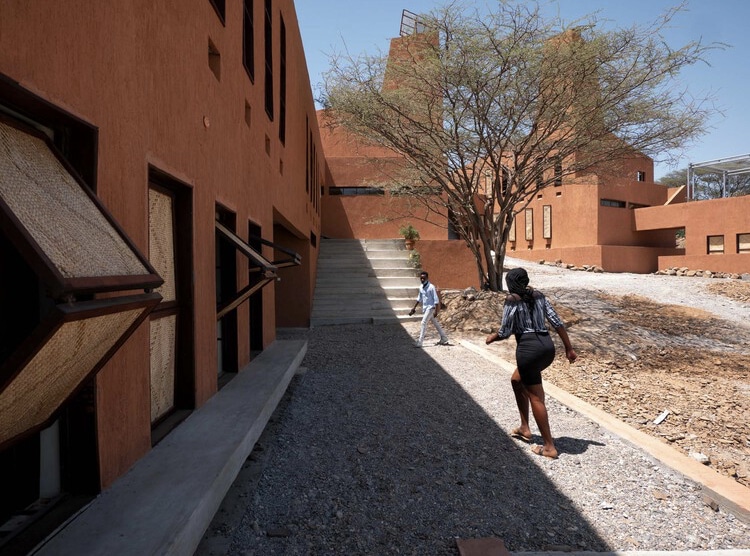oshan and Mashrabiya A Dialogue of Light and Shadow in Islamic Architecture
In a narrow alleyway of old Jeddah, sunlight filters through massive wooden roshans, while in a historic Cairo home, the same rays slip through a mashrabiya carved as precisely as a chessboard. When comparing Roshan vs Mashrabiya, these architectural features are far more than ornamental; they are two dialects of the same language, telling the story of how Islamic societies turned harsh environments into sky-kissing art.

Chapter One The Roshan – Hijaz’s Maritime Balcony
In Jeddah’s Al-Balad district, the facades covered in roshans resemble moored wooden ships. With their layered openings and earthy tones, these wooden screens aren’t just windows. They architecturally showcase Roshan vs Mashrabiya as cultural portals bridging the interior and exterior worlds:
- History: Originating in the 17th century during the Red Sea’s trade boom, Hejazi craftsmen imported Indian teak to create stunning structures tailored to their humid climate.
- Functionality:
- Nature’s Air Conditioner: The protruding design captures sea breezes while shielding interiors from intense sunlight.
- Social Cinema: Women could observe street life without being seen, thanks to the lens-like openings.
- Symbolism: Every carved roshan seems to whisper, Here lives someone as generous as the sea.

Chapter Two The Mashrabiya – Where Geometry Meets Soul
In Fatimid Cairo, where mashrabiyas echo the Nile’s gentle waves, wood doesn’t resist sunlight. It dances with it, illustrating another Roshan vs Mashrabiya comparison:
- Hidden Ingenuity:
- Pre-electric Fridge: A clay water jar (zeer) placed behind the mashrabiya cools air through natural evaporation.
- Light Alchemy: The intricate geometric Roshan vs Mashrabiya designs break sunlight into thousands of dots, creating a natural filter.
- Mathematical Elegance: Researchers at MIT discovered that some mashrabiya patterns follow Fibonacci sequences, maximising light diffusion and visual harmony.

Eternal Face-off A Table of Silent Rivalry
| Feature | Roshan (Hijaz) | Mashrabiya (Mashriq) |
|---|---|---|
| Material | Indian teak (luxurious) | Egyptian sycamore (locally sourced) |
| Cultural Message | Wealth on display | Modesty preserved |
| Light Expression | Stained-glass effect | Fragmented geometric filtering |
| Unspoken Attitude | Notice me | Please don’t stare |

Chapter Three Can We Borrow Their Brilliance for the 21st Century?
In Dubai, the design studio Arabi Ink built a skyscraper with a digital roshan. Panels that move in sync with the sun. In Amman, architects reimagined the mashrabiya as a smart screen, displaying weather data through shifting patterns.
Yet the true challenge isn’t copying form. It lies in Roshan vs Mashrabiya philosophy behind control:
How can modern buildings say, I protect you from heat, but I won’t trap you in darkness?

Epilogue Timeless Lessons for Tomorrow
The roshan and mashrabiya remind us that sustainability isn’t just about solar panels. It’s about social intelligence encoded in wood. If today’s architects embraced even a fraction of this environmental wisdom, many of our urban issues—from power blackouts to skyrocketing AC bills—might quietly fade away.
A lingering question:
Will future towers feature wind-harnessing wooden turbines?
Or will we settle for sterile metaverse replicas, stripped of teak’s ancient aroma?
📚 Source:
Roshan vs. Mashrabiya – INJ Architects







